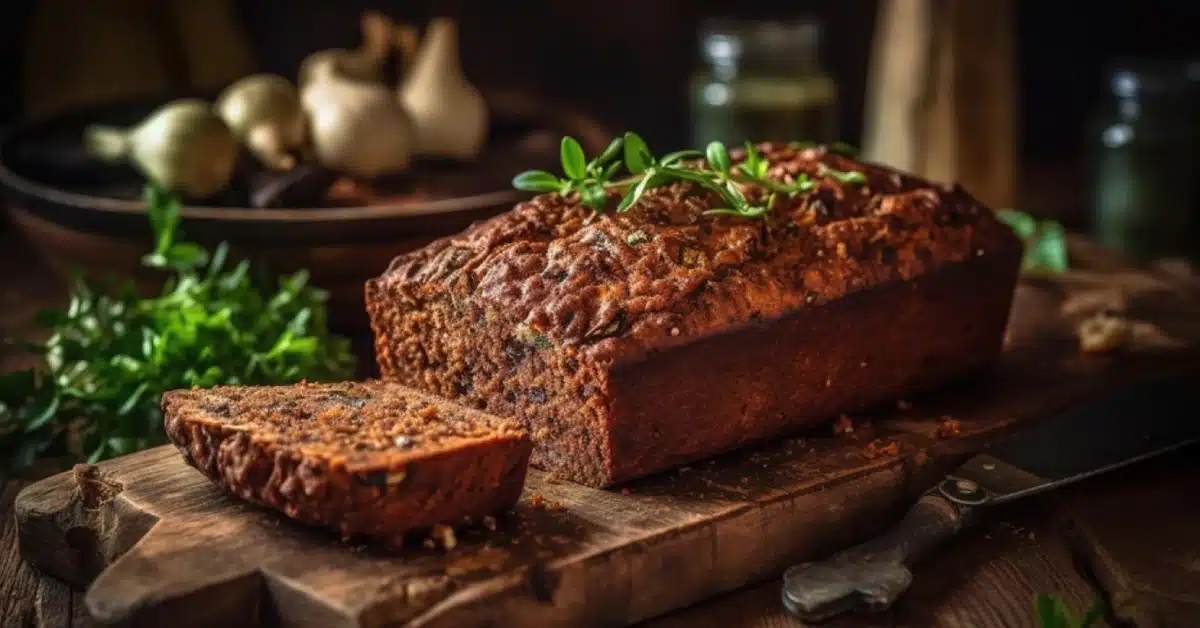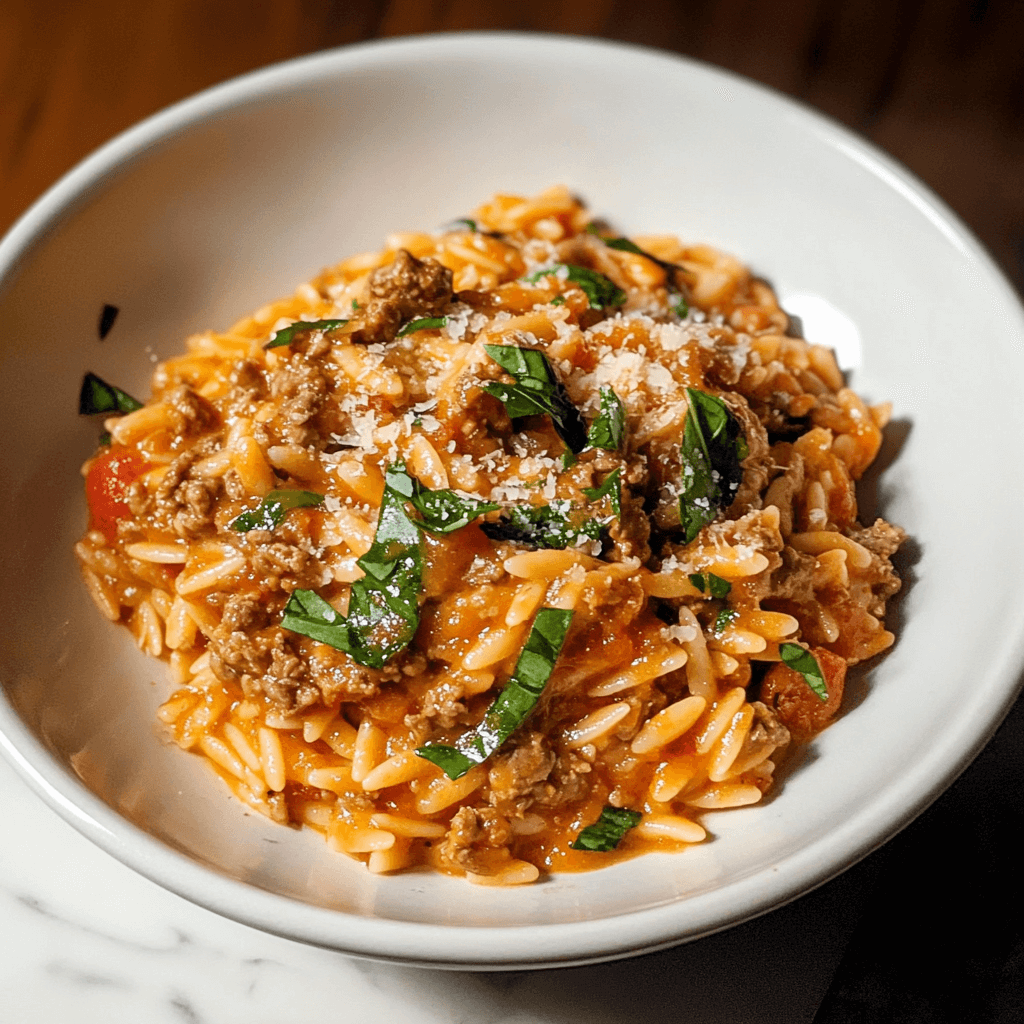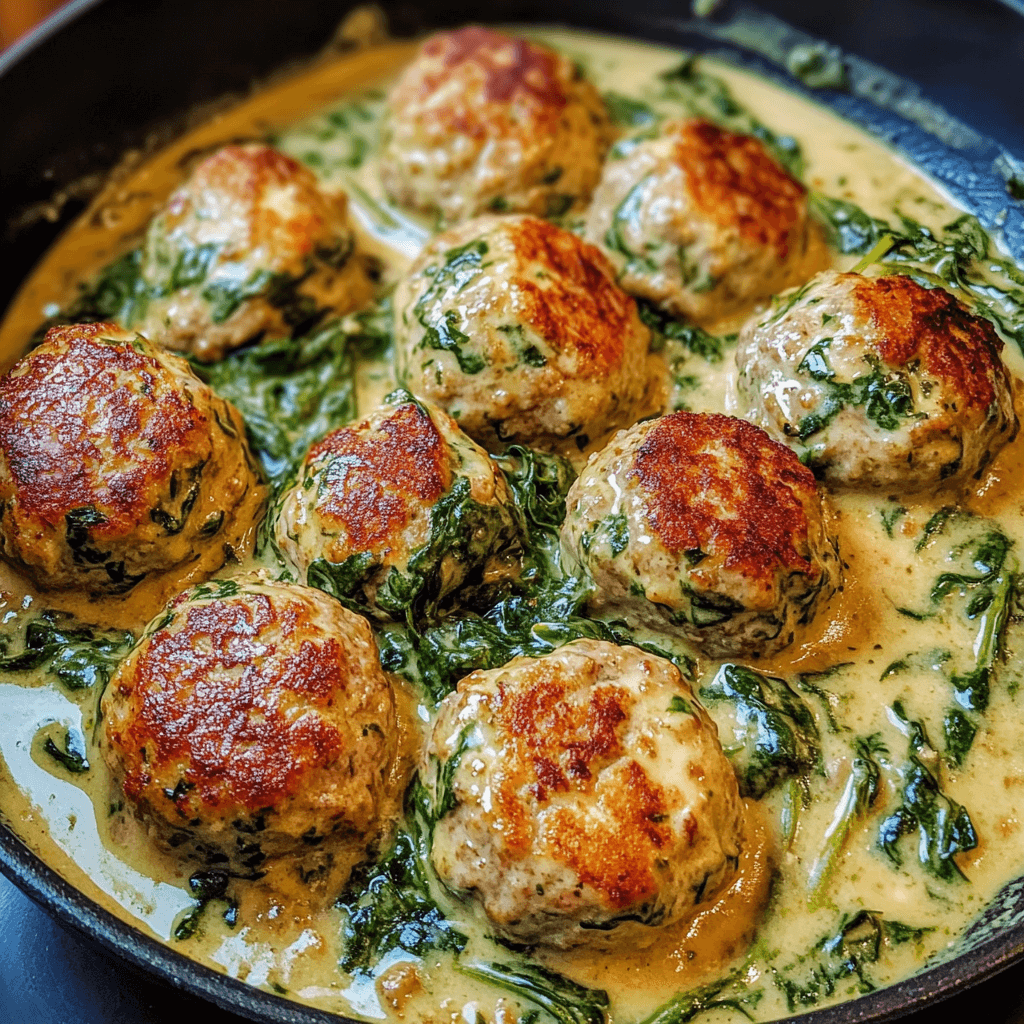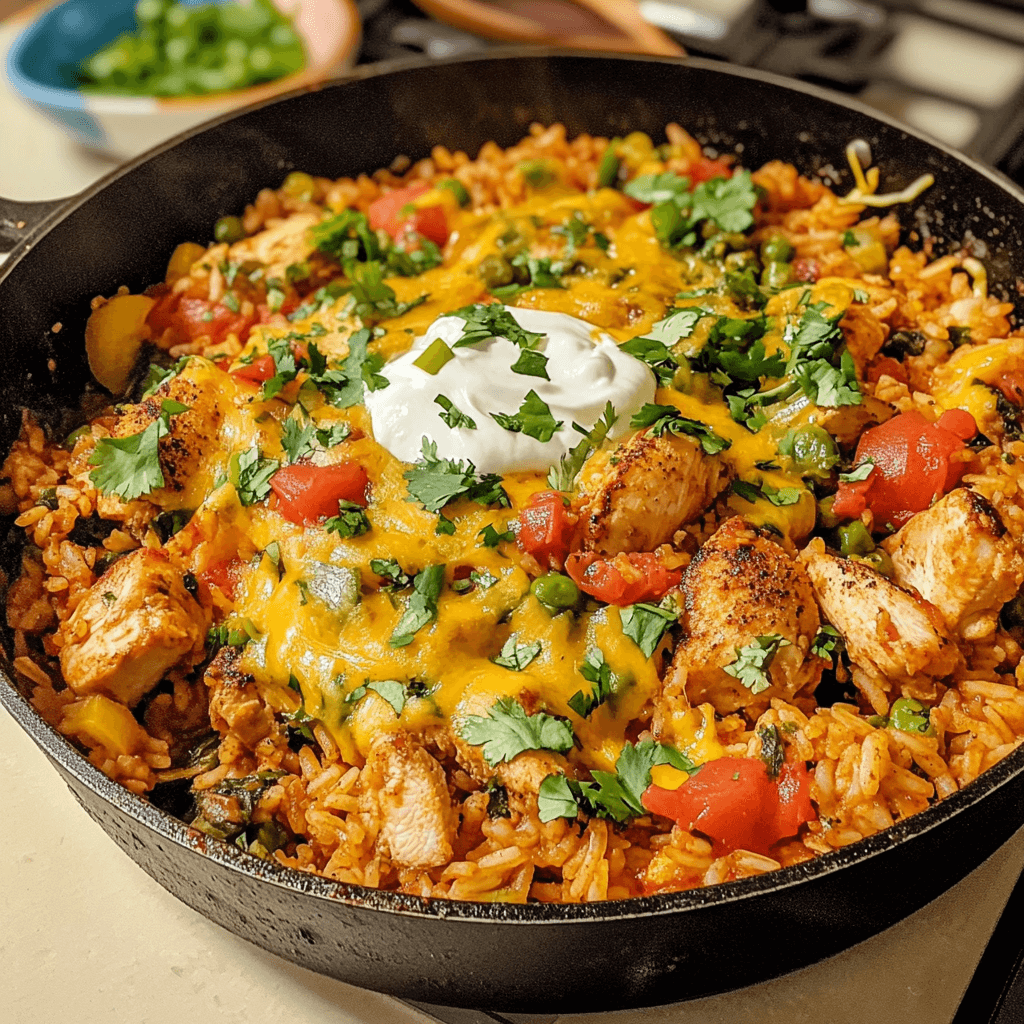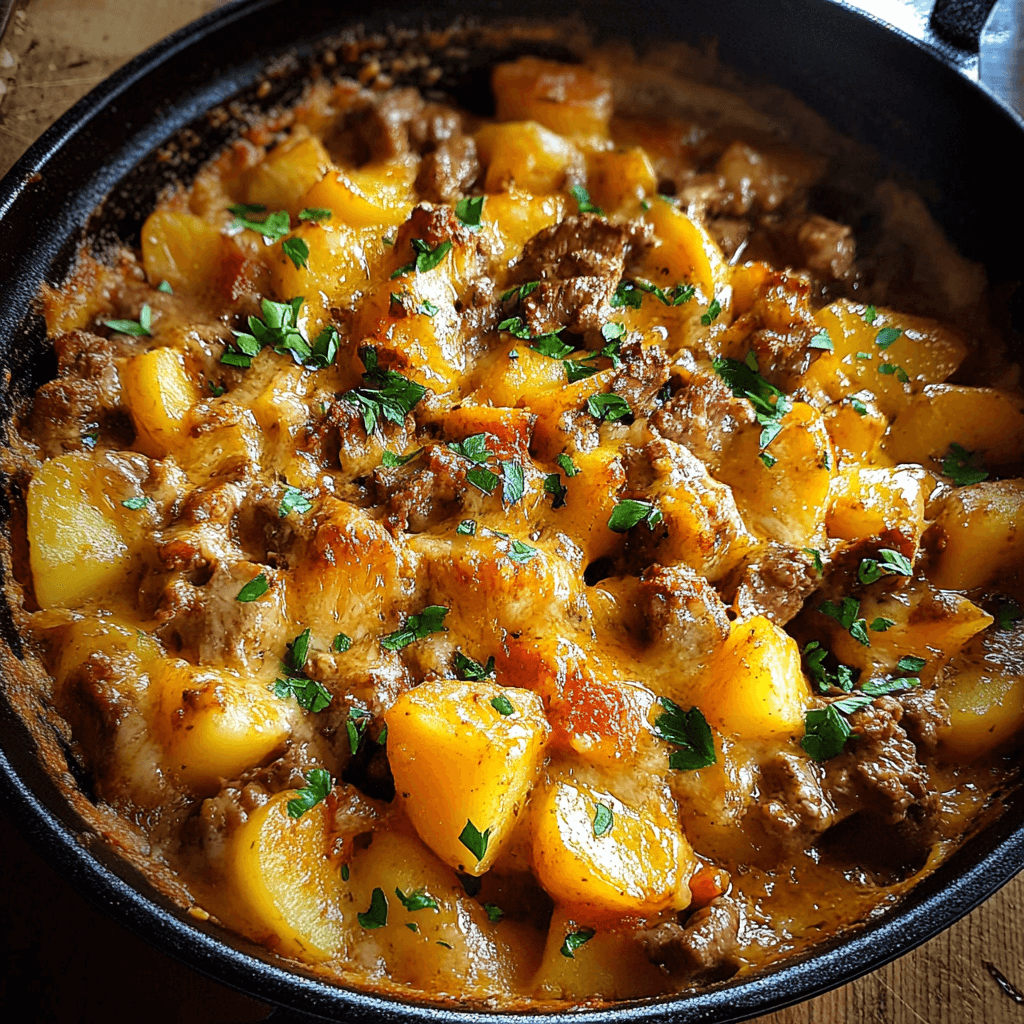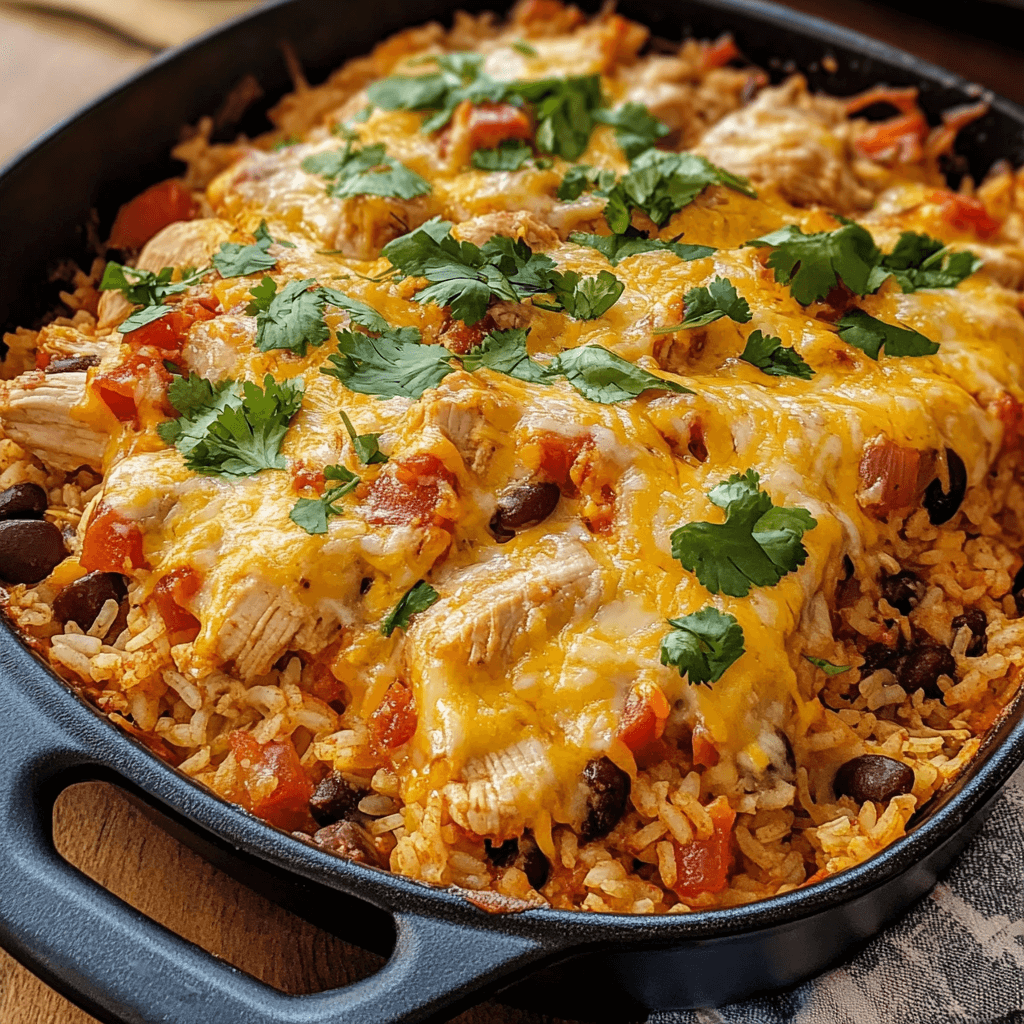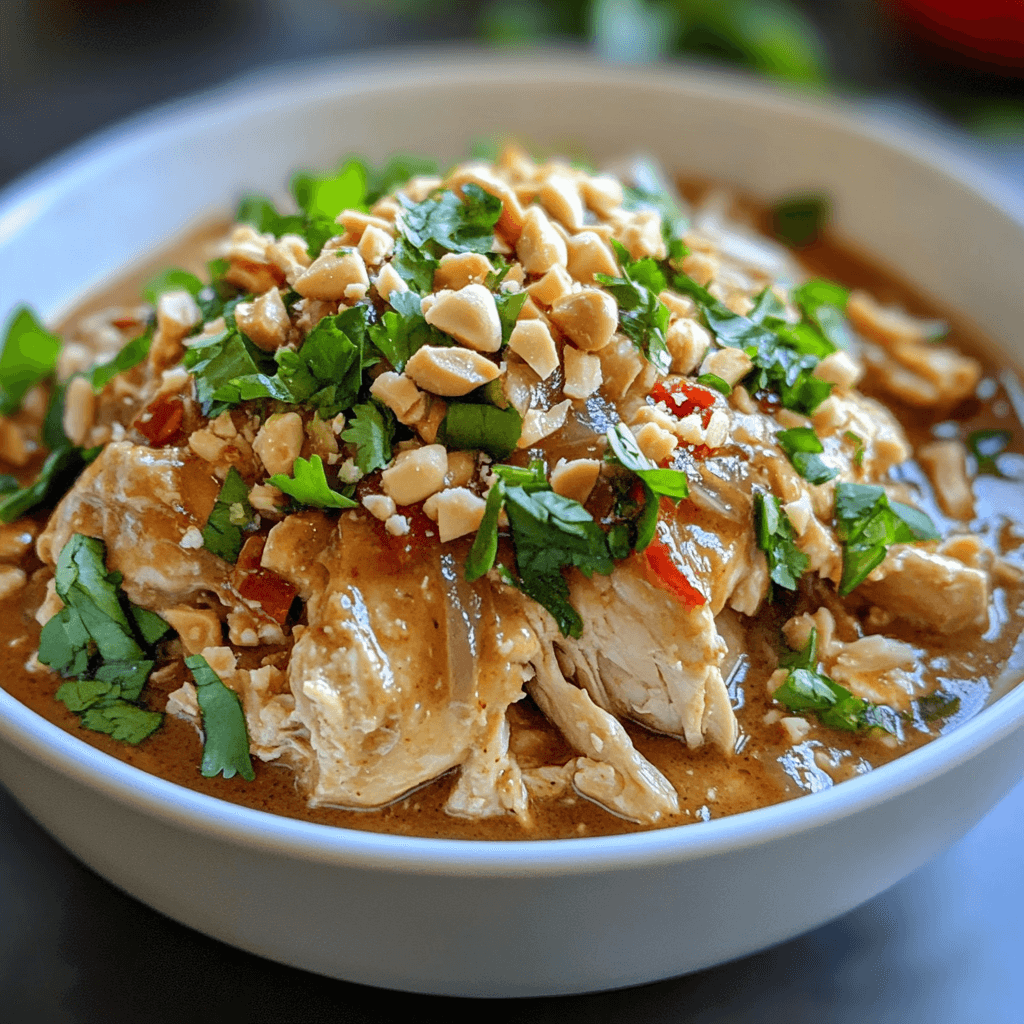Meatloaf, a timeless comfort food, has graced dinner tables for generations. Its simplicity, versatility, and heartiness make it a favorite among home cooks. But have you ever wondered, “Why put eggs in meatloaf?” This article delves into the culinary science and tradition behind this practice, offering insights into how eggs transform the humble meatloaf into a culinary masterpiece.
Why Put Eggs in Meatloaf?
The Binding Miracle of Eggs
Eggs play a pivotal role in meatloaf preparation. They act as a binding agent, holding the meat and other ingredients together, ensuring that the loaf maintains its shape while cooking. This binding property is crucial, especially when dealing with leaner meats that tend to fall apart easily. The proteins in eggs coagulate when heated, providing the necessary structure to keep the meatloaf intact. This not only makes the meatloaf easier to slice but also enhances its overall presentation.
Enhancing Moisture and Richness
Beyond structure, eggs contribute significantly to the moisture and richness of the meatloaf. They help in retaining the natural juices of the meat, ensuring that every bite is succulent and flavorful. This aspect is particularly important in preventing the meatloaf from becoming dry and crumbly. The yolks, rich in fats, add a creamy texture and depth of flavor that elevates the meatloaf from a simple meat dish to a rich, satisfying meal. The subtle flavor of eggs also complements the meat, enhancing its natural taste without overpowering it.
Introduction to Meatloaf Magic
Meatloaf: A Symbol of Home Cooking
Meatloaf, in its essence, is a dish that symbolizes home cooking. It’s a blend of ground meat, seasonings, and various ingredients, baked to perfection. The inclusion of eggs in meatloaf isn’t just a culinary choice; it’s a nod to tradition and practical cooking techniques passed down through generations. This dish, often associated with family gatherings and cozy dinners, represents a comfort food that many turn to for a sense of warmth and nostalgia.
The Role of Eggs in Tradition
The tradition of adding eggs to meatloaf goes back several decades, reflecting the evolution of culinary practices. In the past, when resources were scarce, eggs were added to extend the meat mixture, making it more economical while still providing a nutritious meal. Today, this practice continues, not just for economic reasons but for the unique qualities eggs bring to the dish. Their versatility and ability to blend with other ingredients make them an indispensable part of this classic recipe.
Understanding Meatloaf Ingredients
Breaking Down the Basics
At its core, meatloaf is a mix of ground meat, breadcrumbs, seasonings, and a binding agent. Each ingredient plays a specific role, with eggs being the cornerstone that binds these diverse elements into a cohesive, flavorful dish. The ground meat, usually beef, pork, or a combination, provides the primary structure and taste. Breadcrumbs help in absorbing moisture and keeping the loaf from becoming too dense.
Eggs: The Cornerstone of Meatloaf
Eggs, the secret behind the dish’s consistency and texture, are what set meatloaf apart from other meat dishes. They ensure that the flavors are evenly distributed and that the loaf doesn’t fall apart during cooking. This balance of ingredients is what makes meatloaf a beloved dish across various cultures, each adding their unique twist to this classic recipe.
The Secret Ingredient: Eggs
Eggs as Kitchen Miracle Workers
Eggs are often referred to as the kitchen’s miracle workers. In meatloaf, they serve multiple purposes: as a binder, a moisturizer, and a flavor enhancer. The proteins in eggs coagulate during baking, providing structure and stability to the meatloaf. This multifunctional role of eggs is what makes them a crucial ingredient in not just meatloaf but many other culinary creations.
Nutritional Benefits of Eggs in Meatloaf
Apart from their functional role, eggs are a powerhouse of nutrition. They add high-quality protein, essential vitamins, and minerals to the meatloaf, making it a more balanced and nutritious meal. This addition is particularly beneficial in meals where meatloaf is the main source of protein, ensuring that the dish is not only delicious but also wholesome.
Culinary Science Behind Eggs in Meatloaf
The Role of Egg Proteins
The science of cooking is evident in how eggs function in meatloaf. When heated, egg proteins unfold and form new bonds, creating a network that traps moisture and fat, giving meatloaf its tender, juicy texture. This process, known as coagulation, is crucial for achieving the desired consistency. It’s a delicate balance – too little egg, and the meatloaf crumbles; too much, and it becomes rubbery. Understanding this science is key to mastering the art of meatloaf making.
Eggs: Enhancing Texture and Flavor
Beyond their structural role, eggs also contribute to the sensory qualities of meatloaf. They help in creating a moist, tender loaf that’s not too dense, appealing to both the palate and the eye. The eggs’ subtle flavor also plays a part in the overall taste profile of the dish, blending seamlessly with the meat and seasonings to create a harmonious and satisfying culinary experience.
Texture and Taste Enhancement
Creating the Perfect Consistency
Eggs significantly impact the texture and taste of meatloaf. Their binding property ensures that the ingredients meld together without becoming too compact. This results in a meatloaf that’s firm enough to hold its shape, yet tender enough to melt in your mouth. The perfect meatloaf texture is a balance between moist and firm, and eggs are the key to achieving this.
Flavorful Contributions of Eggs
In terms of taste, eggs enhance the natural flavors of the meat and seasonings. They act as a canvas, allowing the flavors of the other ingredients to shine through. This enhancement is subtle but crucial, as it rounds out the taste and ensures that no single flavor overpowers the others. The result is a well-balanced, deeply satisfying meatloaf that’s rich in both taste and texture.
The Historical Context of Meatloaf
Tracing Meatloaf’s Origins
Tracing back to the Roman times, meatloaf has evolved over centuries. The inclusion of eggs is a relatively recent development, reflecting changes in culinary practices and availability of ingredients. Originally, meatloaf was a means to stretch limited meat supplies, using fillers like bread and grains. Over time, as ingredients like eggs became more accessible, they were incorporated into the recipe, enhancing both the dish’s texture and nutritional value.
Eggs: A Modern Addition
The modern meatloaf, with eggs as a key ingredient, is a reflection of both culinary innovation and tradition. This evolution showcases how cooking practices adapt over time, incorporating new ingredients and techniques while maintaining the essence of the dish. Eggs, in this context, are more than just an ingredient; they represent the dynamic nature of culinary history and the continuous quest for perfection in cooking.
Dietary Considerations
Allergies and Alternatives to Eggs
While eggs are a traditional ingredient in meatloaf, dietary needs and preferences have led to the exploration of alternatives. For those with egg allergies or dietary restrictions, substitutes like flaxseed or chia seeds mixed with water can mimic the binding properties of eggs. These alternatives not only cater to dietary needs but also open up new possibilities in meatloaf preparation, allowing for greater diversity in the kitchen.
Adapting Meatloaf for Various Diets
Meatloaf’s versatility allows it to be adapted for different dietary requirements. Whether it’s using egg substitutes for allergies or choosing leaner meats for a healthier version, meatloaf can be customized to suit various needs. This adaptability is one of the reasons why meatloaf remains a popular dish across different cultures and dietary preferences.
Cooking Techniques for Perfect Meatloaf
Best Practices for Mixing Ingredients
Achieving the perfect meatloaf involves more than just mixing ingredients. It’s about understanding the role of each component. Eggs should be thoroughly whisked and evenly distributed throughout the meat mixture to ensure consistency. Overmixing can lead to a dense, tough meatloaf, while undermixing might result in a crumbly, uneven texture. The key is to combine the ingredients until just mixed, allowing the flavors to meld without overworking the meat.
The Art of Baking Meatloaf
Baking meatloaf is an art that requires attention to detail. The oven temperature and cooking time play crucial roles in determining the final texture and flavor. A moderate oven temperature allows the meatloaf to cook evenly, preventing the outside from burning before the inside is fully cooked. The eggs in the mixture will coagulate at the right temperature, binding the ingredients together into a perfect loaf.
The Role of Eggs in Moisture Retention
Keeping Meatloaf Juicy and Flavorful
One of the challenges in making meatloaf is preventing it from drying out. Eggs, with their moisture-retaining properties, play a crucial role in ensuring that the meatloaf remains juicy and flavorful. The eggs help to lock in the natural juices of the meat, resulting in a loaf that is moist and tender. This is especially important in leaner meatloaf recipes, where the risk of dryness is higher.
Balancing Moisture Content
The balance of moisture in meatloaf is essential for both texture and flavor. Eggs provide a natural way to achieve this balance, contributing to a meatloaf that is neither too dry nor too soggy. Their ability to emulsify fats and liquids ensures that the moisture is evenly distributed throughout the loaf, resulting in a consistent and enjoyable eating experience.
Flavor Synergy Between Eggs and Meat
Complementary Flavors in Meatloaf
The combination of eggs and meat in a meatloaf recipe isn’t arbitrary. Eggs have a unique ability to enhance and meld flavors, creating a harmonious balance between the meat and other seasonings. This synergy is what makes meatloaf a complex and satisfying dish. The eggs subtly enhance the natural flavors of the meat, while also providing a canvas for the herbs and spices to express their full aromatic potential.
Enhancing Umami and Richness
Eggs contribute to the umami, the savory taste that is highly sought after in meat dishes. This umami quality, combined with the richness that eggs bring, elevates the overall flavor profile of the meatloaf. The yolks, in particular, are rich in fats that add depth and complexity to the dish, making each bite more satisfying and delicious.
Health Aspects of Adding Eggs
Nutritional Boost from Eggs
Eggs are not only functional in meatloaf but also nutritious. They add high-quality protein and essential nutrients, contributing to the overall nutritional value of the dish. This addition is particularly beneficial in meals where meatloaf is the main source of protein, ensuring that the dish is not only delicious but also wholesome. Eggs are a source of vitamins like B12 and D, as well as minerals such as iron and zinc, making them a valuable addition to the diet.
Considerations for Balanced Eating
While eggs enhance the nutritional profile of meatloaf, it’s important to consider the overall balance of the meal. Pairing meatloaf with vegetables and whole grains can create a more balanced and healthful meal. This approach ensures that you’re not only enjoying the rich flavors of the meatloaf but also getting a variety of nutrients from different food groups.
Vegetarian Alternatives to Meatloaf
Egg Substitutes in Vegetarian Meatloaf
For vegetarians, meatloaf can be made with plant-based ingredients. Egg substitutes like tofu or yogurt can be used to replicate the binding and moistening effects of eggs in traditional meatloaf recipes. These alternatives not only cater to vegetarian diets but also add their unique textures and flavors, creating a new dimension to the classic meatloaf. Ingredients like lentils, mushrooms, and nuts can be used to mimic the texture and flavor of meat, offering a satisfying vegetarian alternative.
Innovative Plant-Based Recipes
The rise of plant-based diets has led to innovative vegetarian meatloaf recipes that are both delicious and nutritious. These recipes often incorporate a variety of vegetables, grains, and legumes, creating a rich tapestry of flavors and textures. The use of egg substitutes in these recipes ensures that the loaf holds together, just like the traditional version, making it a great option for those looking to reduce their meat consumption without sacrificing taste.
Meatloaf Recipes from Around the World
Cultural Variations of Meatloaf
Meatloaf is a global dish with regional variations. Exploring these different recipes offers a glimpse into how diverse cultures have adapted the basic meatloaf formula, including the use of eggs. From the Italian Polpettone to the Middle Eastern Kofta, each variation reflects the culinary traditions and preferences of its region, showcasing the versatility and adaptability of meatloaf as a dish.
Global Flavors in Meatloaf
These international meatloaf recipes often include unique ingredients and spices, providing a distinct flavor profile. For instance, some cultures might add nuts, dried fruits, or specific herbs and spices, creating a meatloaf that is both familiar and exotic. The common thread in all these variations is the use of a binding ingredient, often eggs, which unites the diverse flavors into a cohesive, delicious loaf.
The Science of Cooking Meatloaf
Cooking Temperatures and Times
The science of cooking meatloaf involves understanding the right temperatures and cooking times to achieve the perfect texture and flavor. Meatloaf should be cooked at a temperature that allows the inside to reach the safe minimum internal temperature for ground meat, typically around 160°F (71°C). This ensures that the meatloaf is cooked through without becoming dry or overcooked. The eggs in the mixture play a crucial role in this process, coagulating at the right temperature to bind the ingredients together.
Understanding Meatloaf Chemistry
The chemistry of meatloaf cooking is fascinating. As the meatloaf bakes, the fats render, the proteins denature, and the carbohydrates caramelize, contributing to the complex flavors and textures of the dish. The eggs, with their unique properties, facilitate these reactions, helping to create a meatloaf that is juicy, flavorful, and satisfying.
Pairing Meatloaf with Side Dishes
Complementary Side Dishes
The perfect meatloaf meal is about more than just the loaf itself. Pairing meatloaf with the right side dishes can elevate the dining experience. Classic accompaniments like mashed potatoes, steamed vegetables, or a fresh salad not only add nutritional balance but also complement the flavors and textures of the meatloaf. The richness of the meatloaf, enhanced by the eggs, pairs beautifully with lighter sides, creating a well-rounded meal.
Creating a Harmonious Meal
Choosing side dishes that contrast and complement the meatloaf’s flavors is key to creating a harmonious meal. For instance, a tangy coleslaw or a crisp green salad can cut through the richness of the meatloaf, providing a refreshing counterpoint. Similarly, a hearty grain like quinoa or a roasted vegetable medley can add texture and depth to the meal, making it more satisfying and enjoyable.
FAQs
- Why are eggs important in meatloaf? Eggs act as a binder in meatloaf, helping to hold the ingredients together and contributing to the loaf’s moisture and richness.
- Can I make meatloaf without eggs? Yes, there are egg substitutes like flaxseed or chia seeds mixed with water that can be used for those with allergies or dietary preferences.
- Can meatloaf be made vegetarian? Yes, there are vegetarian alternatives using ingredients like lentils, mushrooms, and egg substitutes to create a similar texture and flavor.
- How should I store and reheat leftover meatloaf? Store meatloaf in an airtight container in the refrigerator and reheat gently in an oven or toaster oven for best results.
- What is the use of egg in meatloaf? The primary use of eggs in meatloaf is as a binding agent. Eggs help to hold the ingredients together, ensuring that the meatloaf maintains its shape during cooking and slicing.
- What is the secret to moist meatloaf? The secret to moist meatloaf lies in the balance of ingredients and cooking technique. Using the right amount of eggs and liquid (like milk or broth) is crucial. Eggs, in particular, help in retaining the natural juices of the meat, ensuring that the meatloaf remains moist and flavorful.
- What makes meatloaf hold together? Meatloaf holds together primarily due to the binding properties of eggs and breadcrumbs. Eggs, when mixed with the meat and other ingredients, act as a glue, helping to bind everything together.
- What happens if you put too many eggs in meatloaf? Adding too many eggs to meatloaf can result in a dense, rubbery texture. Excess eggs can make the meatloaf too moist, causing it to lose its structure and become soggy or overly compact.

